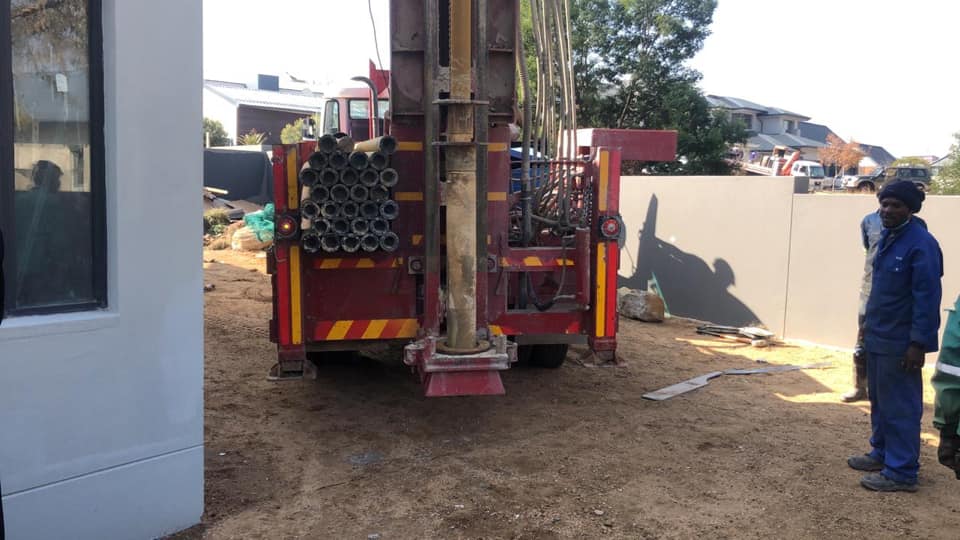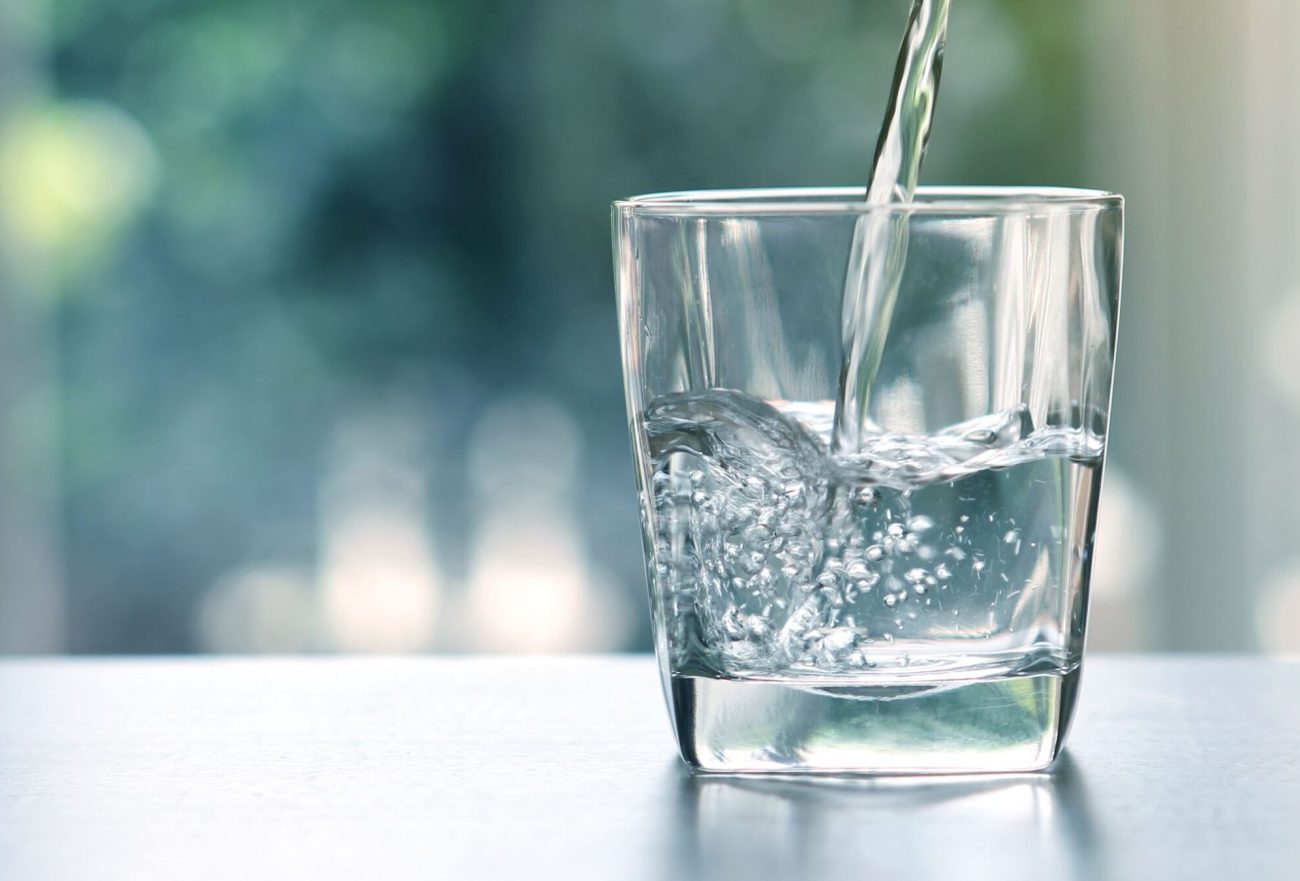Currently Empty: R0.00

What Is Borehole Drilling?
Borehole drilling is the process of drilling a hole in the ground for the extraction of a natural resource such as groundwater, brine, natural gas, or petroleum, for the injection of a fluid from surface to a subsurface reservoir or for subsurface formations evaluation or monitoring. Drilling for the exploration of the nature of the material underground (for instance in search of metallic ore) is best described as well drilling.
The earliest boreholes were water wells, shallow pits dug by hand in regions where the water table approached the surface, usually with masonry or wooden walls lining the interior to prevent collapse.
Modern drilling techniques utilize long drill shafts, producing holes much narrower and deeper than could be produced by digging. This is taken a step further with our unique drilling machine which ensures that your choice of water freedom is not going to adversely affect the value of your property.
Borehole drilling can be done either manually or mechanically and the nature of required equipment varies from extremely simple and cheap to very sophisticated.
Borehole Drilling Process
- The first step is to call a water diviner to survey your property to see if you have a chance of finding water on your property
- We will discuss your needs and supply you with a quotation for the borehole drilling.
- We drill until we get to solid rock, install a steel casing to preserve the hole, and then drill deeper. Once we find decent water, we generally go 10 m past to create sumo.
- In some conditions, the borehole might be unstable and we would have to install slotted PVC casing backfilled with silica filter stones.
- While we are drilling we will keep you updated hourly on our progress.
- After the rig leaves your property, cleaners will come in the next day to remove the drilling sand (a deeper clean can be quoted for at this stage).
- If it is a low yielding borehole we suggest doing a yield test to see if the hole is viable
- Pump technicians would then commence with the pump and filter installation.
Borehole Drilling Process Explained
Once the water survey has taken place and the quotation has been accepted and paid for, we can proceed with the borehole drilling at the identified spot.
When the drilling starts, we keep our client updated with the progress of the borehole drilling and general geological findings at all times. In this way, the client doesn’t have to worry about anything.
The Easy Access Rig we use can access just about any part of your yard as long as there is enough space for the rig to pass through.
Since ground formation varies from area to area it is difficult to postulate on the depth of a borehole. Most boreholes are between 30m – 60m, even though most boreholes can be drilled to about 80m or deeper.
Having a borehole that is or more than 100m is not advisable as the cost of running a pump at such depth might cost more than what you expected to get from the water.
For more information on boreholes, please visit randwaterboring.com
Treating Borehole Water
Since borehole water is underground water, it contains a lot of heavy metals, and most of these metals can pose a threat to our health if not treated/removed in the water. For you to know the contaminants in your borehole water, you need to have the water analyzed at a lab. Most common tests done include the following;
- Total Dissolved Solids
- Sodium
- Bacteria
- Total Hardness
- pH
- Magnesium
- Calcium
- Nitrates
- Iron
- Sulfate
- Sulfide
From these results, water experts will be able to recommend a solution to make your borehole water drinkable.
We normally recommend the Reverse Osmosis treatment process to make the water drinkable. Depending on the quality of the water, the reverse osmosis system will require a pretreatment set up to treat the water which will help the RO purify the water even better.
Usually, with borehole water, pretreatment offered with the RO system include;
- Sand Filter
- Carbon Filter
- Softener
- Chlorine Dosing
- Anti-scale liquid dosing
- Dmi-65 Filter
Sand Filter
Why use it? Borehole water comes with suspended solids/sediments. The sand filter will help hold these before the water gets to the reverse osmosis system. Even though the RO system has its own small prefilters, borehole water comes with high levels of sediments, and the RO prefilters will get blocked and the system will fail to produce the amount of pure water it was designed to.
Carbon Filter
Borehole drilling is the process of drilling a hole in the ground for the extraction of a natural resource such as groundwater, brine, natural gas, or petroleum, for the injection of a fluid from surface to a subsurface reservoir or for subsurface formations evaluation or monitoring.
Softener
In order to remove the calcium and magnesium from calcium-carbonate or magnesium-carbonate found in the water, we need to give the negative ions they are combined with, carbonate (CO3)-2, something else in exchange for the positive ions. By using an insoluble material the ions may be pulled out of the solution and held in place










